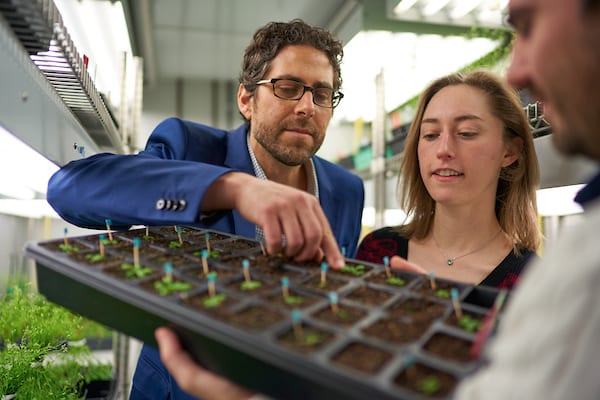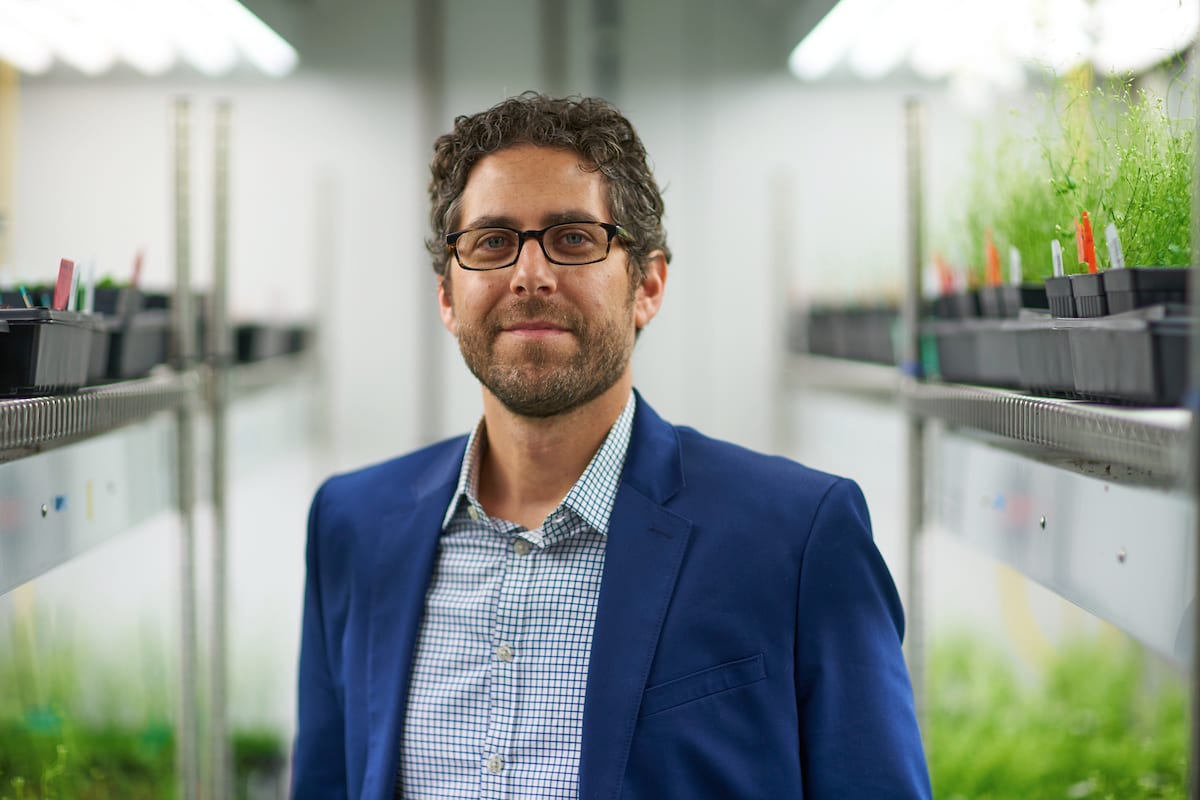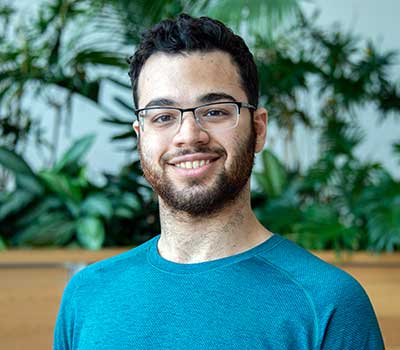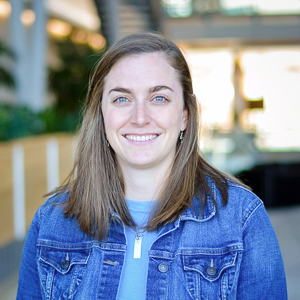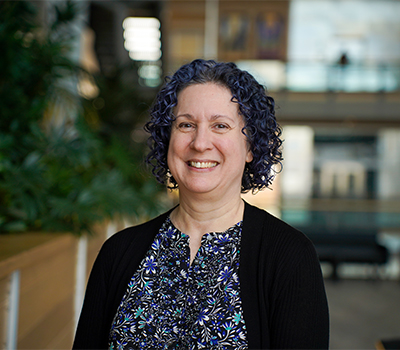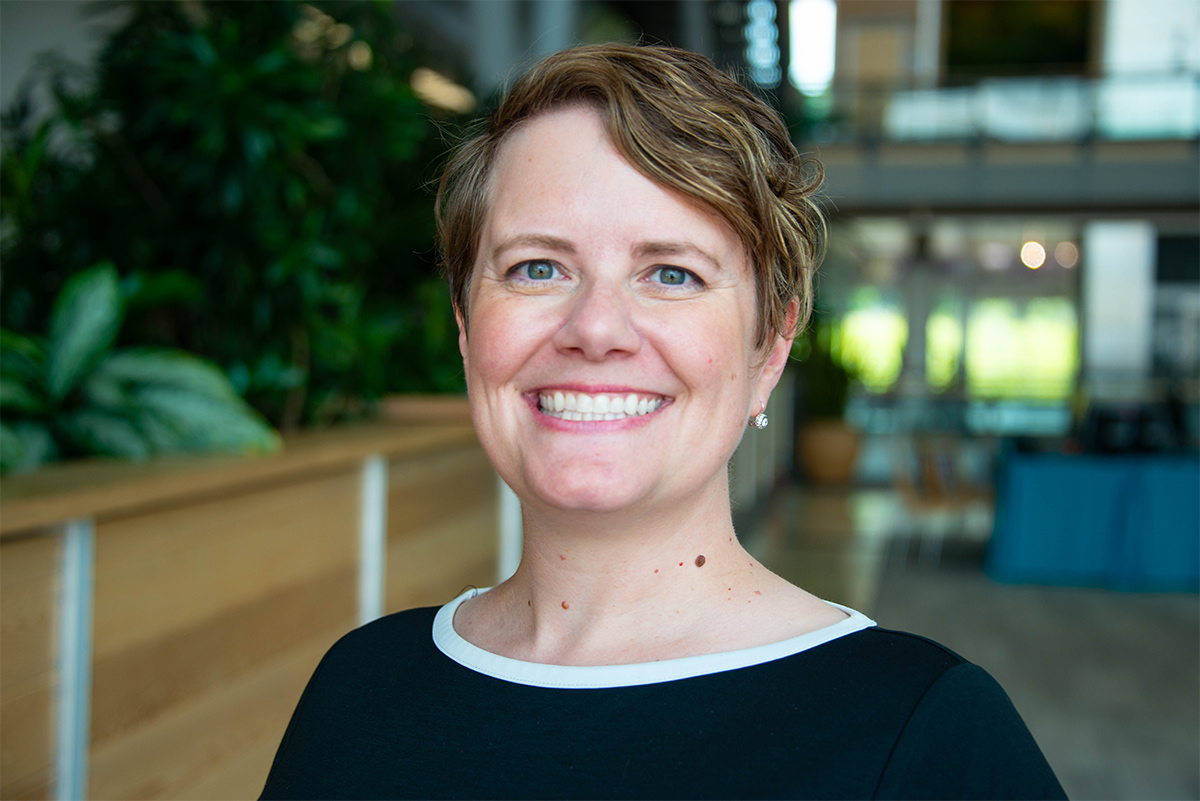Chasing Grand Challenges
Many scientists change research subjects throughout their career. Not Keith Slotkin.
He’s been asking the same big question for nearly twenty years: how does the cell know which regions of DNA should not be expressed? If Keith and his lab can figure out the answer to that question, they can create powerful technologies to help scientists improve plants — all without altering their genetic structure.
“Right now it takes 10-13 years from initial lab conception of improved crops to in-field application. With our research, that process could become drastically cheaper and faster,” explains Keith.
From The Lab To Field, Faster
If Keith’s research is successful, his lab could speed the pipeline from product development to commercialization. This would benefit farmers across the globe, but it would be particularly impactful for smallholder farmers in developing countries. Smallholder farmers often cannot access improved crops due to cost and regulatory challenges. With a quicker and cheaper product development pipeline, new agriculture technology would be more accessible.
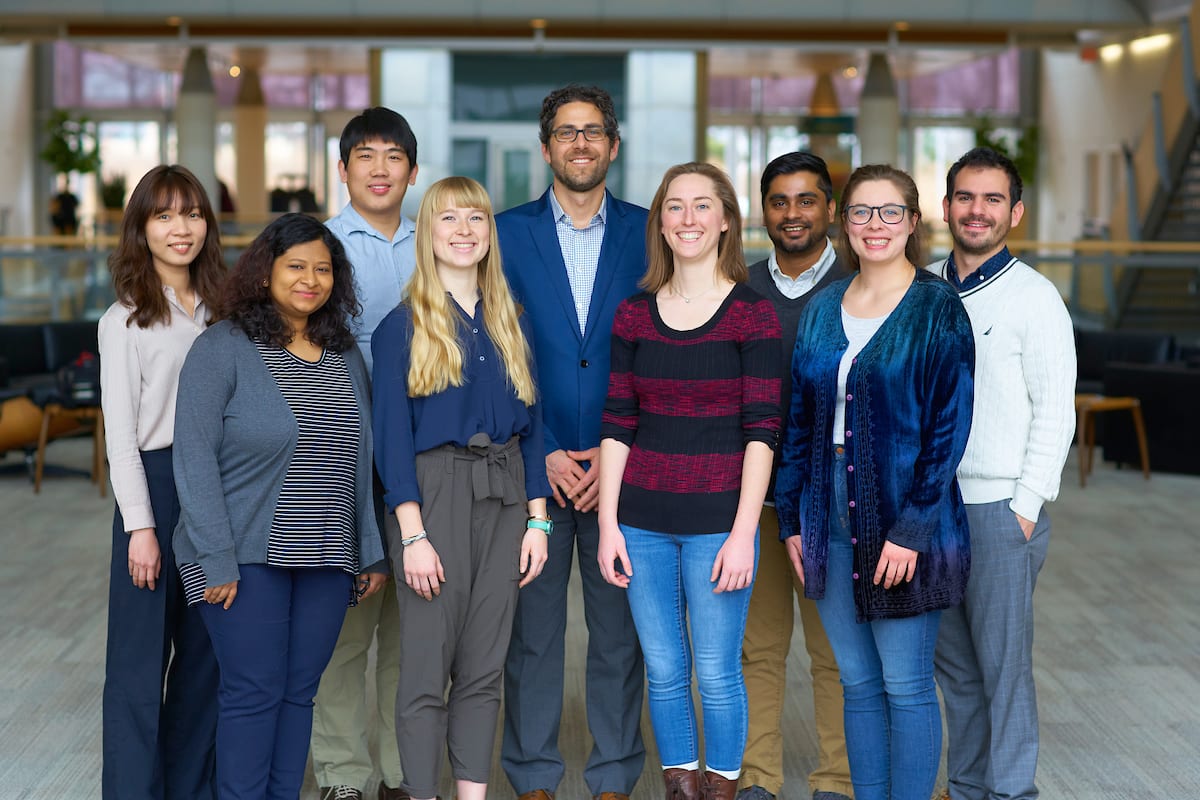
Driven By Discovery
Keith is driven by the thrill of discovery. “When you push on the barrier of human knowledge and get it to nudge, it is massively gratifying. I’ll see students’ faces light up. That’s how you become addicted to being a scientist,” explains Keith. He and his lab wake up every day hoping to discover a new piece of the puzzle. Sometimes it happens, sometimes it doesn’t, but when it does, the excitement is contagious. “It can make your entire body feel lighter,” explains Keith.
Through education and outreach activities, Keith wants to share this excitement with kids throughout the region. “By engaging students with the scientific method, I want to show them that they already have the skills they need to think like a scientist.” He wants to help kids understand that being a scientist doesn’t have to do with having the most expensive equipment or a state-of-the-art lab — it all starts with asking questions.
